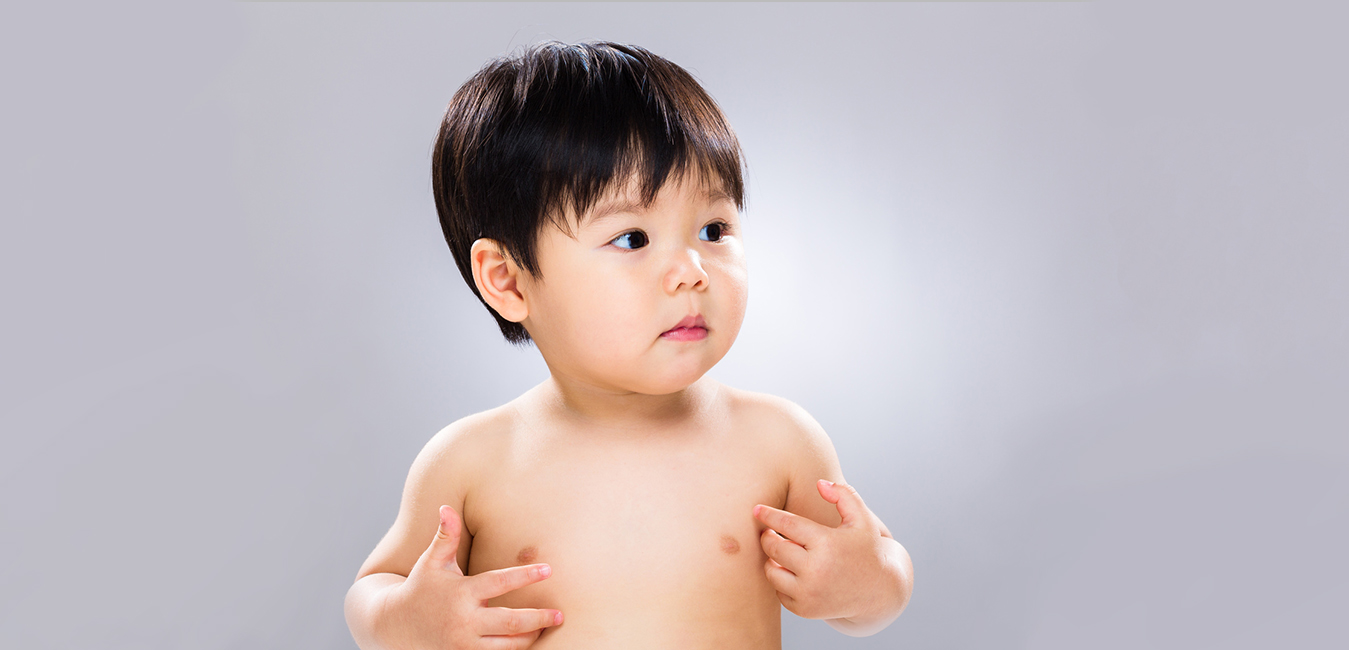There are a number of ways to treat the viral wart. Most methods destroy the upper layer of the skin where the virus is growing.
1. Topical salicylic acid preparations. These help to soften and peel the overlying skin.
2. Cryotherapy (liquid nitrogen treatment). In cryotherapy, the wart is treated with the application of the liquid nitrogen to the affected area. This causes a localized frost bite injury and the skin may blister and crust after the treatment. The wart will gradually reduce in size with each treatment. A number of weekly or fortnightly treatments may be required.
3. Surgical ablation. The warts can be removed with laser ablation or electrocautery. This treatment is fastest way to clear the virus but leaves a wound which may take 1 to 2 months to recover. There is also a risk of recurrence of the virus.
4. Others – Topical imiquimod & 5-fluorouracil
With all treatments, there is a risk that the wart fails to clear or it will recur. Sometimes, new warts can appear while existing warts are clearing. If the wart recurs, it can be re-treated or a different treatment may be employed.
Your dermatologist will discuss the various treatment options and suggest the most suitable treatment for you.


